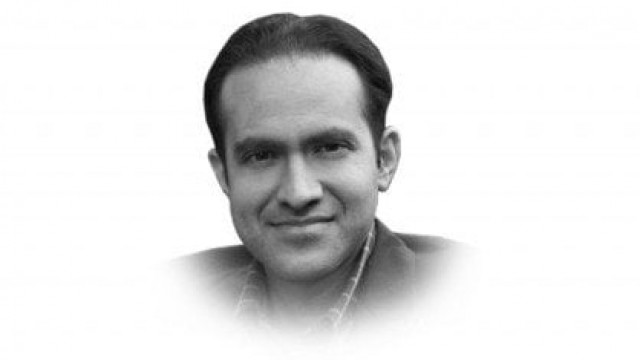Who is a Pakistani?
Most of the readers of Pakistan’s English newspapers rarely read an Urdu daily.

Who is a Pakistani?
Human rights laws and international norms are increasingly critical of nationalism along ethnic lines. At a practical level, the most defining “natural” element of nationalism is language — because communication is the most essential element of human relations. We can look different and overcome our prejudices if we can communicate effectively.
Language is clearly a fracturing factor in Pakistani perceptions of their identity. Most of the readers of Pakistan’s English newspapers rarely read an Urdu daily. Gone are the days when poets like Faiz could be professors of English but write poetry in Urdu, allowing for an exchange of ideas across social strata that had been defined by language. A few veteran journalists such as Khaled Ahmed have to translate Urdu articles for the ‘Angraizi-walas’ who stumble through an occasional headline in the vernacular press. We are further divided by supremacist views about provincial languages. The only way out is for more Pakistanis to become multilingual at levels of proficiency that allow us to interact with the popular culture of communities across the nation.
Another fracture that is apparent regarding Pakistani identity is connection to the physical land and residence within the country. Often resident Pakistanis dismiss those of us who live abroad as being unauthentic “sell-outs” and somehow lesser citizens. Yet in a world of structural inequality, diaspora communities are a seminal way of development. Consider the citizens of Lebanon — 70 per cent of whom reside outside their country but share a passion for their homeland. No doubt empathy and connection are important and getting a good dose of load shedding and local angst is often needed for an expatriate’s reality check. However, we should not question each other’s commitment and sincerity in this regard.
Perhaps the most potent fracture in Pakistan’s identity crisis remains religion. Pakistan, Israel, and East Timor are the only three countries to have been formed in modern times on the primary basis of religious nationalism. This is where we need to exert the most effort in peace-building. Such action does not mean we disparage religion, but rather that embrace a more pluralistic understanding of our dominant faith.
Going back to Gauguin’s painting, we should move beyond his first two questions and spend more time in considering his third question: Where are we going? Let’s quell the cynicism, sarcasm and innuendo and work on clear solutions for the problems that will define the future of Pakistan.
Published in The Express Tribune, September 2nd, 2010.














COMMENTS
Comments are moderated and generally will be posted if they are on-topic and not abusive.
For more information, please see our Comments FAQ